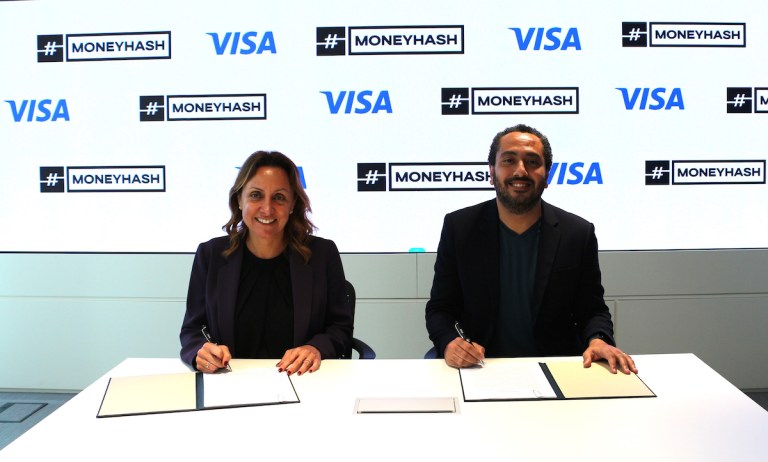
Dubai-based payments firm MoneyHash launched a partnership with Visa.
The collaboration is designed to offer secure digital payments for MoneyHash’s clientele in the Middle East/North Africa (MENA) region, who rely on the company’s payments orchestration and revenue operations platform, according to a Wednesday (May 8) press release.
“Working with Visa enables MoneyHash to gain unparalleled access to Visa’s extensive suite of digital payment solutions and opens the door to providing sophisticated payment technologies such as network tokenization,” the company said in the release. “It also allows MoneyHash to leverage Visa’s global reach, capabilities and security — key elements in Visa’s mission to connect the world through the innovative, reliable and secure payment network across MENA.”
MoneyHash Chief Product Officer Elena Panchenko added in the release that the partnership’s goal of letting customers enhance their payment infrastructure for speed, security and reliability is “especially crucial in today’s digital-first world, where payment security is paramount.”
PYMNTS examined how important this security has become earlier this week, noting that payments have reached their “zettabyte era,” with more consumer-generated data being created on a daily basis than at any time in history.”
That has made security paramount, particularly when considering the substantial volume of personal and sensitive information stored and transmitted electronically. Research by PYMNTS Intelligence showed that 82% of eCommerce merchants suffered cyber or data breaches in the last year, with 47% saying the breaches lost them both revenue and customers.
With this in mind, the report said, “more and more firms are leveraging data to create and support seamless, end-to-end experiences across payments and commerce.”
“I like to look within our own industry to see where the consumer will be as well as what our competitors are doing,” Citi Chief Digital Officer for U.S. Personal Banking Michael Naggar said in an interview with PYMNTS. “… I like to see how users are adopting new technologies and how that could apply to what we’re doing in banking. Then I marry those observations to the internal data of what consumers are actually doing on our platforms. We have an extensive focus over the last two to three years on our data. We connect all of it to understanding what our customers are doing so we can get ahead of them before they need it.”